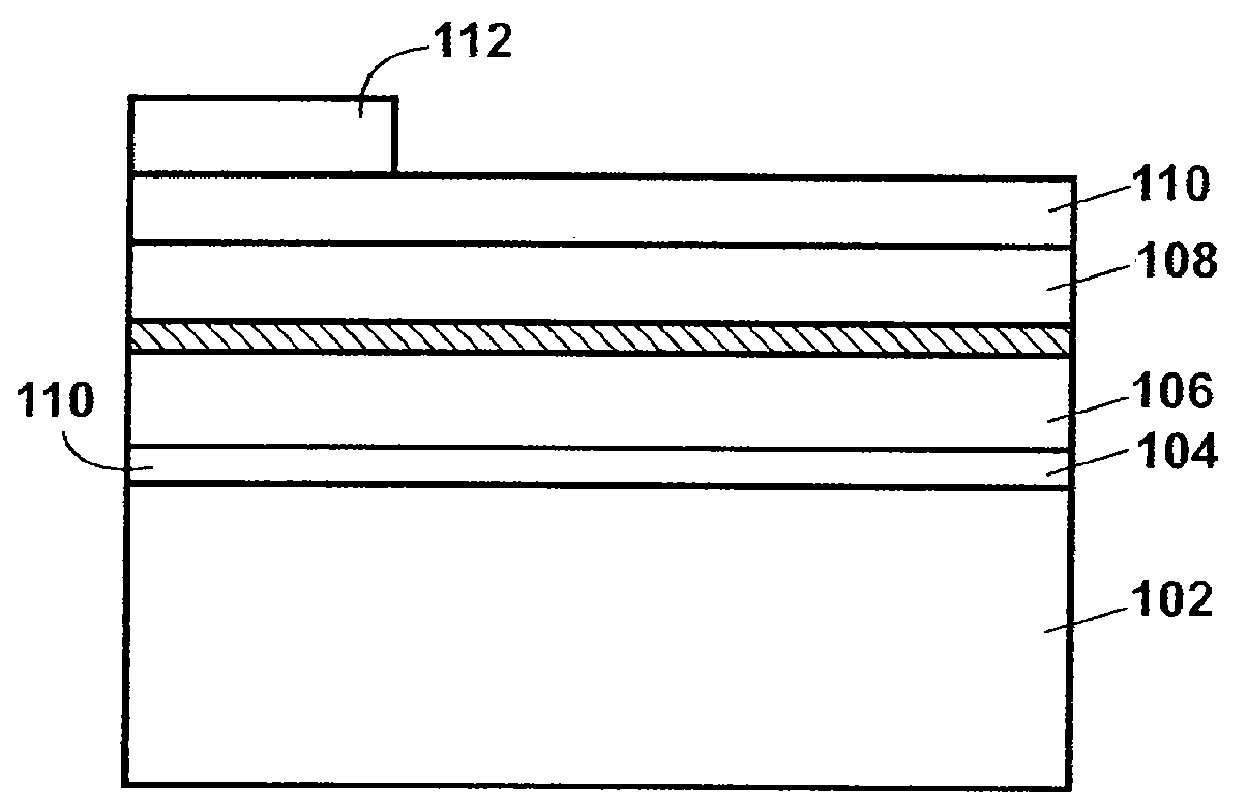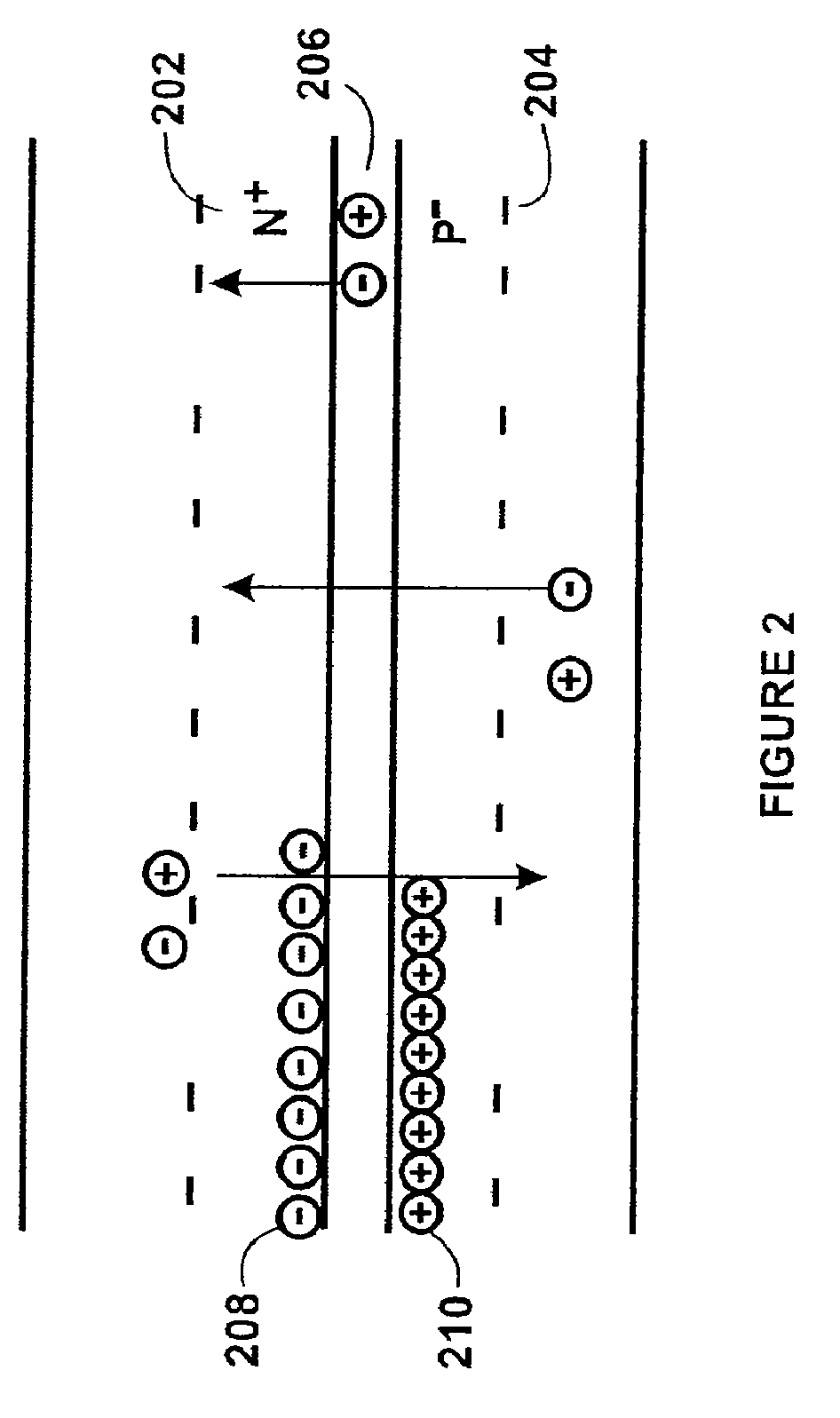Thin film metal oxide bearing semiconductor material for single junction solar cell devices
a solar cell and semiconductor material technology, applied in the field of photovoltaic materials, can solve the problems of reducing the conversion efficiency of sunlight into sunlight, affecting the production efficiency of photovoltaic devices, and becoming a rather scarce resour
- Summary
- Abstract
- Description
- Claims
- Application Information
AI Technical Summary
Benefits of technology
Problems solved by technology
Method used
Image
Examples
Embodiment Construction
[0016]According to embodiments of the present invention, techniques directed to photovoltaic cell structure are provided. More particularly, embodiments according to the present invention provide a single junction photovoltaic cell structure and resulting photovoltaic cell having a high conversion efficiency. But it would be recognize that embodiments according to the present invention have a much broader range of applicability.
[0017]FIG. 1 is a simplified diagram illustrating a single junction solar cell structure 100 according to an embodiment of the present invention. As shown, the single junction solar cell structure includes a substrate member 102 having a surface region 104. The substrate member can be made of an insulator material, a conductor material, or a semiconductor material, depending on the application. In a specific embodiment, the conductor material can be nickel, molybdenum, aluminum, or a metal alloy such as stainless steel and the likes. In a embodiment, the semi...
PUM
 Login to View More
Login to View More Abstract
Description
Claims
Application Information
 Login to View More
Login to View More - R&D
- Intellectual Property
- Life Sciences
- Materials
- Tech Scout
- Unparalleled Data Quality
- Higher Quality Content
- 60% Fewer Hallucinations
Browse by: Latest US Patents, China's latest patents, Technical Efficacy Thesaurus, Application Domain, Technology Topic, Popular Technical Reports.
© 2025 PatSnap. All rights reserved.Legal|Privacy policy|Modern Slavery Act Transparency Statement|Sitemap|About US| Contact US: help@patsnap.com



